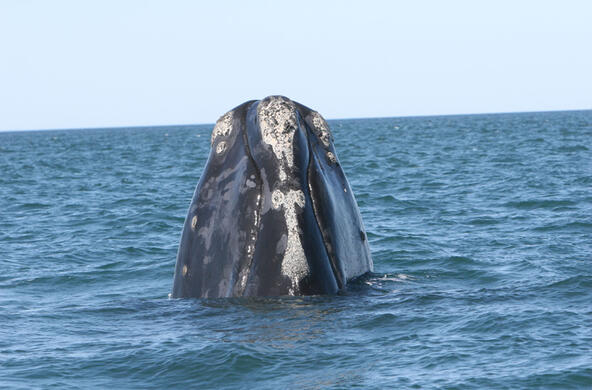
For many years, oaks in the Northeast were prolific acorn producers. The 2010 crop was record-breaking—many will recall getting hit with acorn rain or slipping on acorns underfoot. Last fall, however, acorns were scarce.
While this may sound like good news to the accident-prone, it has serious ramifications for wildlife and human health. Squirrels aren't the only animals that depend on acorns for their winter larders. The calorie rich nuts are a staple for an array of forest animals, from chipmunks and mice to deer and black bears.
In 2011, research by Yale's School of Forestry found that oaks surveyed on the Massachusetts/Connecticut border produced a half-pound of acorns per tree—a mere 2% of average output, with production down across a range of species.
With acorns at their lowest level seen in 20 years, we can expect more collisions between automobiles and deer as they leave the forest in search of food. In the absence of acorns, mouse populations will crash. And ticks that normally feed on mice will search for new hosts, increasing our risk of being bitten and infected with Lyme.
As Richard Ostfeld of the Cary Institute of Ecosystem Studies recently discussed in the New York Times, 2012 is likely to be one of the worst years for Lyme disease in the Northeast.
When it comes to acorns, it has always been feast or famine. But paying attention to acorn cycles provides us with valuable information about the world we live in.






